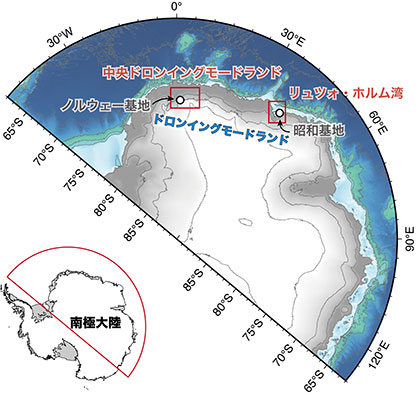2022-11-28 ローレンスリバモア国立研究所(LLNL)
有機配位子を含む金属含有化合物の研究は、これらの化合物が空気、水、温度に対して非常に敏感であることが知られているため、通常、温和な条件下で溶液中で行われる。一般に、これらの化合物を扱う場合、その構造、電子構造、化学反応性、性質などを明らかにする、非常にアカデミックなアプローチで構成されている。
極限環境を利用することで、前駆体化合物をウラン金属やウラン炭化物などの目的の化合物に変換するための新しい経路を作り出すことができるかどうかを確認するため、過去にレーザー駆動化学を用いた研究が行われましたが、使用した前駆体が有機配位子を含むウラン系化合物(すなわち、空気や水に敏感な)であることは今回が初めてである。
レーザーを用いた熱分解は、実際、異なる反応速度や反応経路を生み出すのである。研究チームは期待通りのウラン金属を得ることはできなかったが、周囲の配位子が熱分解されたことで、最終製品にカーバイド相とオキシカーバイド相を形成することができたのである。ウランの化学的性質を理解することは、備蓄スチュワードシップと廃棄物処理にとって重要である。
<関連情報>
- https://www.llnl.gov/news/uranium-takes-alternate-pathway-under-extreme-conditions
- https://pubs.acs.org/doi/10.1021/acs.inorgchem.2c02590
UI4(1,4-ジオキサン)2の熱分解によるカーバイド相合成の非通常的な経路 Unconventional Pathways to Carbide Phase Synthesis via Thermal Decomposition of UI4(1,4-dioxane)2
Maryline G. Ferrier, Bradley C. Childs, Chinthaka M. Silva, Michelle M. Greenough, Emily E. Moore, Andrew J. Swift, Silvina A. Di Pietro, Aiden A. Martin, Jason R. Jeffries, and Kiel S. Holliday
Inorganic Chemistry Published:October 21, 2022
DOI:https://doi.org/10.1021/acs.inorgchem.2c02590

Abstract
UI4(1,4-dioxane)2 was subjected to laser-based heating─a method that enables localized, fast heating (T > 2000 °C) and rapid cooling under controlled conditions (scan rate, power, atmosphere, etc.)─to understand its thermal decomposition. A predictive computational thermodynamic technique estimated the decomposition temperature of UI4(1,4-dioxane)2 to uranium (U) metal to be 2236 °C, a temperature achievable under laser irradiation. Dictated by the presence of reactive, gaseous byproducts, the thermal decomposition of UI4(1,4-dioxane)2 under furnace conditions up to 600 °C revealed the formation of UO2, UIx, and U(C1–xOx)y, while under laser irradiation, UI4(1,4-dioxane)2 decomposed to UO2, U(C1–xOx)y, UC2–zOz, and UC. Despite the fast dynamics associated with laser irradiation, the central uranium atom reacted with the thermal decomposition products of the ligand (1,4-dioxane = C4H8O2) instead of producing pure U metal. The results highlight the potential to co-develop uranium precursors with specific irradiation procedures to advance nuclear materials research by finding new pathways to produce uranium carbide.



